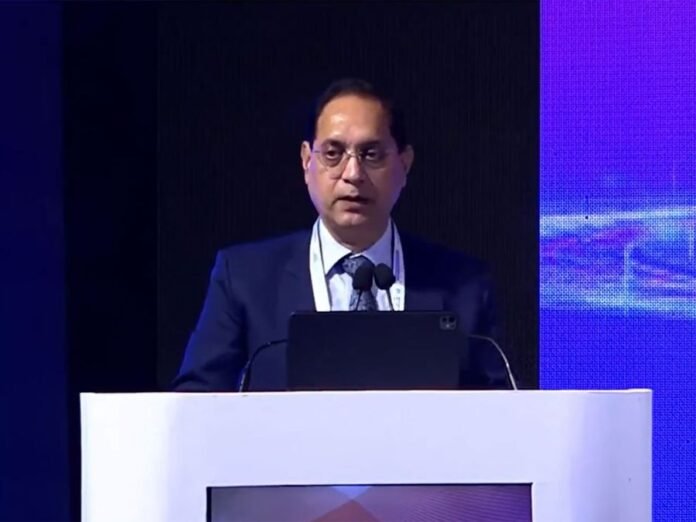Capital Markets: The Key to Funding India’s Infrastructure Boom
India’s push for massive infrastructure growth needs strong financial backing, and capital markets are stepping up big time. That’s the message from SEBI Chairman Tuhin Kanta Pandey, who spoke at the Infrastructure Conclave 2025 in New Delhi on Thursday. He made it clear: infrastructure isn’t a quick win—it’s a long-term game, and capital markets are perfect for delivering steady gains.
Pandey broke down why capital markets shine in this role, pointing to four major strengths. First off, they provide "patient capital" for the long haul. Think pension funds, insurance companies, sovereign wealth funds, and big investors pooling their savings into projects like roads and ports. No rush for quick exits here—it’s all about building lasting assets.
Second, capital markets spread out the funding sources to cut risks. Banks and government budgets alone can be risky if things go wrong. Instead, markets offer a mix of tools like corporate bonds, Infrastructure Investment Trusts (InvITs), Real Estate Investment Trusts (REITs), and municipal bonds. This way, more players share the load, making things safer for everyone.
Third, they create smart risk-sharing setups. Take InvITs, for instance—they let developers cash in on ready-to-run assets while giving investors reliable income from things like highways. It’s a win-win that keeps projects moving.
And fourth, capital markets keep everyone honest with strict rules on transparency, audits, and investor checks. This isn’t just about money; it’s about ensuring top-notch quality and trust in India’s infrastructure projects.
These perks turn capital markets into more than funders—they’re like watchdogs for better projects. Pandey highlighted how infrastructure companies are already tapping into IPOs, rights issues, and private placements, making up nearly 20% of the total market cap for listed firms. Over the past 10 years, infrastructure indices have clocked impressive 12-14% annual returns, proving it’s a solid bet for investors eyeing infrastructure investment opportunities.
REITs and InvITs are game-changers too. Pandey spotlighted the National Highways Infrastructure Trust, where operational roads got bundled into an InvIT. This freed up cash for fresh builds and gave investors steady payouts. Right now, SEBI has five REITs and 23 InvITs on its books, raising Rs. 1.5 trillion and managing assets worth Rs. 8.7 trillion as of FY25. That’s huge for India’s infrastructure expansion.
Don’t forget Alternative Investment Funds (AIFs)—they’ve exploded five times over in just five years, jumping from Rs. 1.1 lakh crore in March 2019 to Rs. 5.7 lakh crore by June 2025. Category 1 AIFs focused on infrastructure have poured in over Rs. 7,500 crore so far this year, driving real changes on the ground.
Pandey also cheered municipal bonds for urban upgrades. Since 2017, cities like Chennai, Varanasi, Agra, and Ahmedabad have raised Rs. 3,134 crore through 21 issuances. Green bonds are picking up steam too, with 24 issues collecting over Rs. 7,500 crore since 2017. These fund eco-friendly stuff like renewable energy and clean transport, aligning with India’s green infrastructure goals.
At its core, infrastructure goes beyond just roads, ports, airports, dams, telecom towers, or power plants. It’s the engine of India’s economy, linking businesses to markets, people to jobs, and the nation to its dream of a $5 trillion economy. A World Bank study backs this up—pumping money into infrastructure directly lifts GDP, and we’re seeing it in India’s booming highways, metros, airports, and digital networks.
With capital markets leading the charge, India’s infrastructure story looks brighter than ever, fueling growth for years to come.
Stay informed on all the latest news, real-time breaking news updates, and follow all the important headlines in world News on Latest NewsX. Follow us on social media Facebook, Twitter(X), Gettr and subscribe our Youtube Channel.



